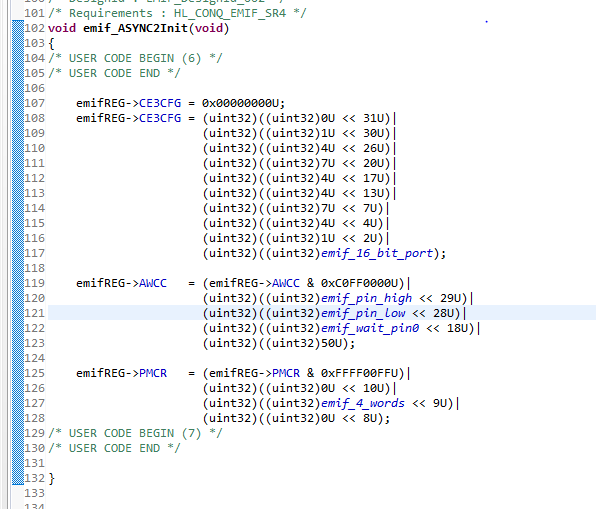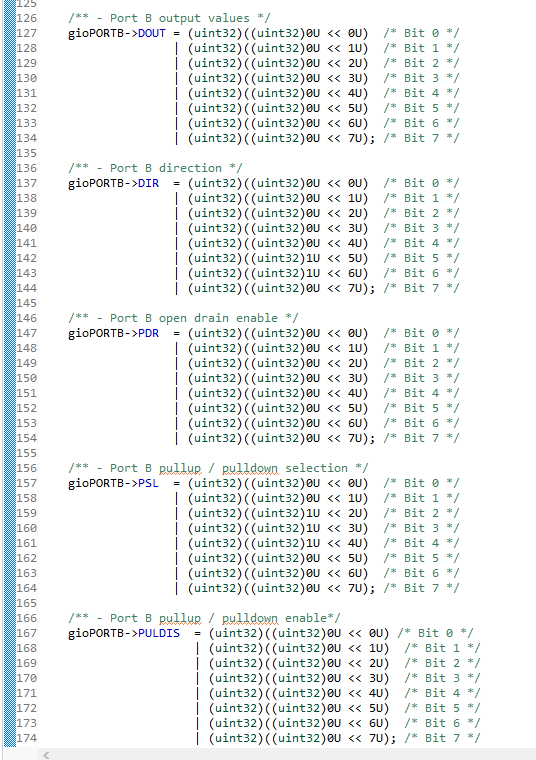Other Parts Discussed in Thread: HALCOGEN
Hi,
I connected two devices to the EMIF_nWAIT pin of EMIF.
The EMIF_nWAIT pin is connected to the busy pins of DPRAM and ET1100.
Can the EMIF_nWAIT be used as GPIO while ET1100 is enabled? (DPRAM is disabled)
If the pin is busy when executing the write command, I want to stop the write attempt.
I want to manually control the write attempt.
Is this possible?




